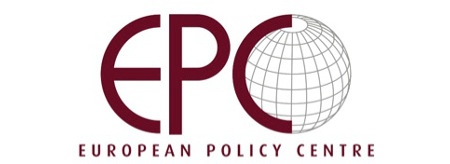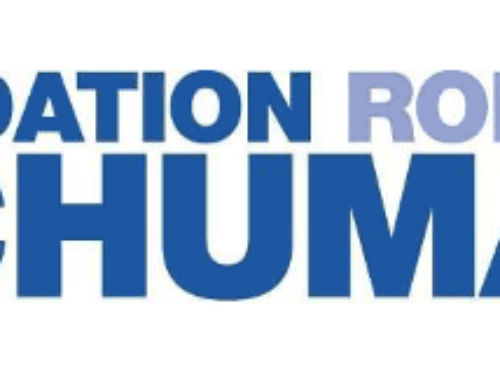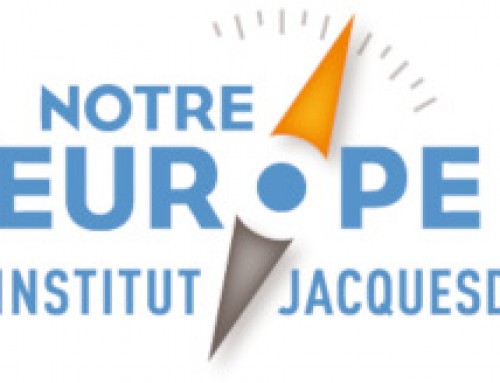
The draft regulation on the Juncker Investment Plan was presented by the European Commission in January and has been discussed by the Ecofin Council on 10 March. This leaves sufficient time for the European Parliament to express its views and to make the Plan operational by the summer, as aimed for by President Juncker. But while governments agreed swiftly, ministers did not decide on two issues that are of importance: the eligibility of projects that have benefited from the Connecting Europe Facility (CEF) and the Horizon 2020 programmes and the contributions of the national promotional banks (NPBs) to the investment plan. This commentary argues that the foreseeable engagement of NPBs remains unsatisfactory.
Eligibility of projects benefiting from CEF and Horizon 2020 funding
The draft regulation establishing the EFSI foresaw that projects co-financed by the structural and investment funds (SIF) may be eligible to the Plan if these investments meet the specific SIF criteria, which are stricter than those of the Plan. However, the possibility to accept projects subsidised by the Horizon 2020 and CEF funds was not explicitly foreseen and this remains the case. This has been a topic of discussions at the Council and in some poorer regions that were concerned about the complexity of the Plan’s financing schemes and their own ability to engage with the Plan, which both could lead to increased inequalities between territories.
Some of the more indebted member states (e.g. Spain, Italy, France) in need of large infrastructure projects (e.g. in the transport sector) wish to benefit from EU subsidies together with financing under the Juncker Plan. This view faced opposition of some of the richer countries, notably Germany, and the Commission. This was understandable as the precise aim of the Plan is to attract private capital by offering returns, without which investors do not come. And if there were no returns, the Fund would rapidly lose (taxpayers) money. Also, Horizon 2020 and CEF budgets are both much smaller than SIF funds and have already contributed to the EFSI In the end, the member states avoided making the decision and agreed to let the European Parliament, echoing the concern of local constituencies, decide on the outcome of the negotiation. This will be subject to intense lobbying from local and regional actors. National promotional banks (NPB) contributions to the EFSI The possibility to let member states and NPBs contribute to the capital of the EFSI and have a voice in the Fund’s “Steering Board” was also left unresolved by the Ecofin. Initially, the Commission vowed that such contributions would not be counted under standard deficit rules. It became clear that the contributions of States were not forthcoming because the “Steering Board” is not granted the power to select individual (geographically and/or sectorially targeted) projects as was the desire of member states. In addition, many countries simply lack the necessary means. But the contributions of NPBs to the capital of the EFSI were expected. Given that NPBs wanted to have the same guarantees as the EIB, there were two alternatives: The issue of NPBs’ contributions to the EFSI engaged the interests of States, which called for a decision of the Council. Unfortunately, the Ecofin has not announced more than simple NPBs co-financing promises like those of the German KfW, the Italian CdP, the French CDC and bpifrance (EUR 8 bn each), and Spanish ICO (EUR 1.5 bn). True, many member states do not have a NPB, which may explain why the co-financing promises remain patchy. Also, such promises are positive as they help to boost the impact of the Plan. But they lack ambition. However, a “critical mass” – both in volumes and in number of contributions – of NPBs’ contributions to the EFSI capital would have been needed to bring the cooperation between the EIB and the NPBs to a higher level. A new European project hidden behind an innovative financial scheme The Juncker Plan is more than an innovative financial scheme. It is also a quick political response to Europe’s investment challenge and can greatly help to modernise the financing of member states economies. But the negotiation thus far shows that member states do not seem to stand strongly behind the Plan. As expected, given the dissent between governments and the need to deal with the Greek and French situations, the March Ecofin agreed to let the European Parliament decide on the possibility to have projects benefiting from CEF and Horizon 2020 funding to be financed under the Plan. More seriously, the Council failed to commit to numerous and large contributions of NPBs, thereby hampering their further cooperation and leverage effects. The Plan would have a far greater impact if the member states fully engaged with it. It is not too late to do so! Olivier Marty is a lecturer at ESSEC





Laisser un commentaire